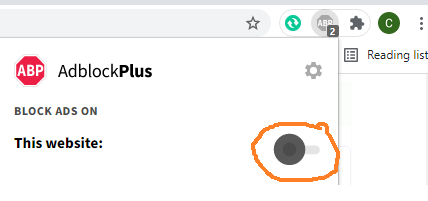Đang chuẩn bị nút TẢI XUỐNG, xin hãy chờ
Tải xuống
Tuyển tập báo cáo các nghiên cứu khoa học quốc tế ngành y học dành cho các bạn tham khảo đề tài: Clear lens phacoemulsification in the anterior lenticonus due to Alport Syndrome: two case reports | Journal of Medical Case Reports BioMed Central Open Access Case report Clear lens phacoemulsification in the anterior lenticonus due to Alport Syndrome two case reports Ghassem Amir Aslanzadeh Davoud Gharabaghi and Niloofar Naderi Address Nikookari Eye Center Tabriz University of Medical Sciences Tabriz Iran Email Ghassem Amir Aslanzadeh - dr.aslanzadeh@gmail.com Davoud Gharabaghi - gharabaghid@gmail.com Niloofar Naderi - dr_niloofarnaderi@yahoo.com Corresponding author Published 27 May 2008 Received 6 August 2007 Journal of Medical Case Reports 2008 2 178 doi 10.1186 1752-1947-2-178 Accepted 27 May 2008 This article is available from http www.jmedicalcasereports.cOm content 2 1 178 2008 Aslanzadeh et al licensee BioMed Central Ltd. This is an Open Access article distributed under the terms of the Creative Commons Attribution License http creativecommons.org licenses by 2.0 which permits unrestricted use distribution and reproduction in any medium provided the original work is properly cited. Abstract Introduction Alport Syndrome has a prevalence of 1 case per 5 000 people and 85 of patients have the X-linked form where affected males develop renal failure and usually have high-tone sensorineural deafness by age 20. The main abnormality is deficient synthesis of type IV collagen the main component of basement membranes. Common ocular abnormalities of this syndrome consist of dot-and-fleck retinopathy posterior polymorphous corneal dystrophy and anterior lenticonus but other ocular defects such as cataracts posterior lenticonus and retinal detachments have also been reported. Case presentation We report two cases of anterior lenticonus due to Alport Syndrome and describe clear lens phacoemulsification and foldable intraocular lens implantation as an effective and safe refractive procedure in the four eyes of these two patients. Conclusion All four eyes of the two patients were in good .


